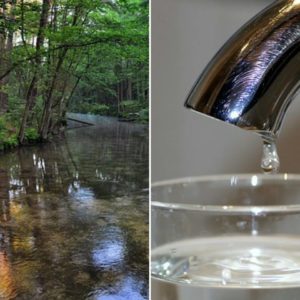 Much of Loudoun’s drinking water comes from Goose Creek and the Potomac River. As Loudoun grows, it is essential that we preserve the forests, wetlands and meadows that serve as filters for our watersheds.
Much of Loudoun’s drinking water comes from Goose Creek and the Potomac River. As Loudoun grows, it is essential that we preserve the forests, wetlands and meadows that serve as filters for our watersheds.
These natural resources not only protect our drinking supply, they provide valuable habitat for resident and migratory species, filter and retain storm water, increase resilience against storms and drought, and give residents and visitors a beautiful place to play.
The Goose Creek is home to many birds, fish, mollusks, reptiles, amphibians and insects including state-threatened species such as the wood turtle and loggerhead shrike.
A threatened species is one that is likely to become an endangered species within the foreseeable future throughout all or a significant portion of its range.
Check out the Virginia Department of Game and Inland Fisheries’ list of Species of Greatest Conservation Need. You can search by county or watershed.
Luckily, there are measures we can take to protect both the quality of our water supply and the wildlife that shares the streams, forests, meadows and wetlands that make up our watersheds. We can advocate for policies in our new comprehensive plan that will:
- Promote conservation easements, property development rights and County land acquisition to preserve land along our stream corridors.
- Ensure ecologically valuable lands and waters are identified, monitored and maintained or restored.
- Require green building practices such as limiting the amount of impervious surface that is created during development and redevelopment.
Imagining what Loudoun will look like decades down the road, one thing is clear: we must preserve our natural assets throughout the county. For all the benefits they provide, we can’t afford to lose them.

